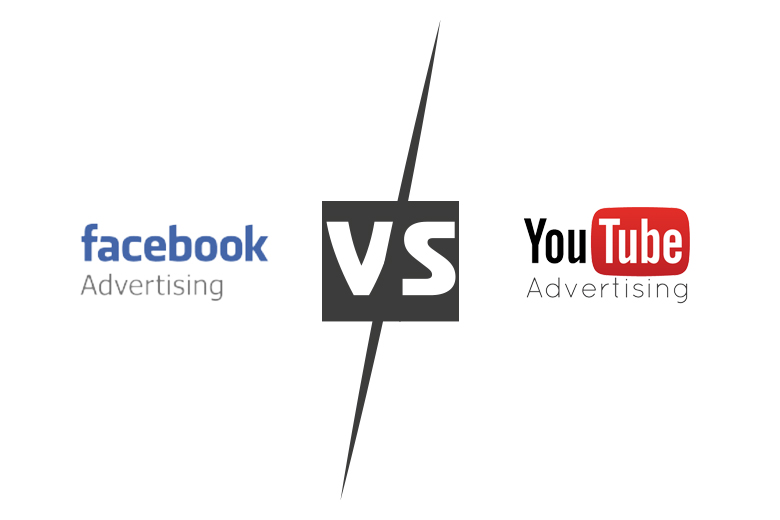
Videos are now the most consumed form of media, and using them for your website marketing is not only a good idea but a necessity. When it comes to video marketing, there are two powerhouses: Facebook and YouTube.
It’s not hard to see why either why these platforms rule the video roost: YouTube is the most popular video streaming service around, and Facebook is the most popular social media platform, with videos becoming a large part of its user’s timelines.
But when it comes down to the two, which is the best platform for marketing?
Facebook Ads
As you probably know, Facebook ads are positioned to be in the middle, or at checkpoints, of the video you are watching. This ensures that no matter what, if the user watching wants to continue the video, they will at least have to see some of the ad.
Not only are ads inserted into videos, but they can be inserted into the user’s timelines. These will play as soon as the user scrolls over them and are a great way to ensure that your ad is seen, at least for a short amount of time.
Facebook also has a very intuitive ad targeting service. Due to the amount of information that is put onto Facebook, they can aim your ads towards people who will be more likely to view them, or even go to your website.
Being able to target potential clients who fit your ideal client is a huge plus and a great reason to choose Facebook ads.
YouTube Ads
With YouTube, there are two options to choose from in terms of video marketing: in-stream or in-display. In-stream plays before or during a video and allows the user the option to opt out after the first 5 seconds. In-display ads, are located outside of the video you are watching and are only played if the user clicks on them.
A significant benefit of YouTube is that people are more likely to watch with the sound on. Therefore, if you want to put in music or have a narrator, it won’t be lost on users watching the video on mute.
One downfall that YouTube has is that its targeting audience feature isn’t as impressive as Facebook’s. Due to users only posting comments or videos, YouTube isn’t gathering personal information, which in turn gives them less to go on when targeting ads. You can use age, gender, and general interests when choosing who to target.
The Difference
The major differences between Facebook and YouTube come down to cost and the ability to target ads. Let’s talk about the cost.
Facebook offers three different options for buying ads:
ThruPlay: shown to those who watch the full ad if it’s less than 15 seconds long
10 second: shown to those who watch 10 seconds or more of a video
2 second: shown to those who watch two seconds or more of a video
While each one is different, if your website marketing ad is watched for three seconds or longer, it is counted as a view.
YouTube, on the other hand, offers just the two options we discussed above.
Due to its nature, Facebook is usually cheaper. The reason for this is because people can scroll through multiple ads in one session, making Facebook more money. As a result, they can put more ads in and don’t need to charge as much. YouTube, on the other hand, can only put so many ads into a video; the other option relies on users to click on the ad, which is unlikely.
So, Who Is Better?
When it comes to deciding on who to use for your website marketing, there is no clear-cut winner. While Facebook can cost you less, the sheer amount of videos on YouTube is impressive and something you cannot count out. In fact, we recommend utilizing both platforms to advertise your website. It wouldn’t make sense to pay attention to just one platform and ignore the other. Just make sure that your website is ready for the traffic, and if you aren’t sure if it is, check out our hosting options here to help.